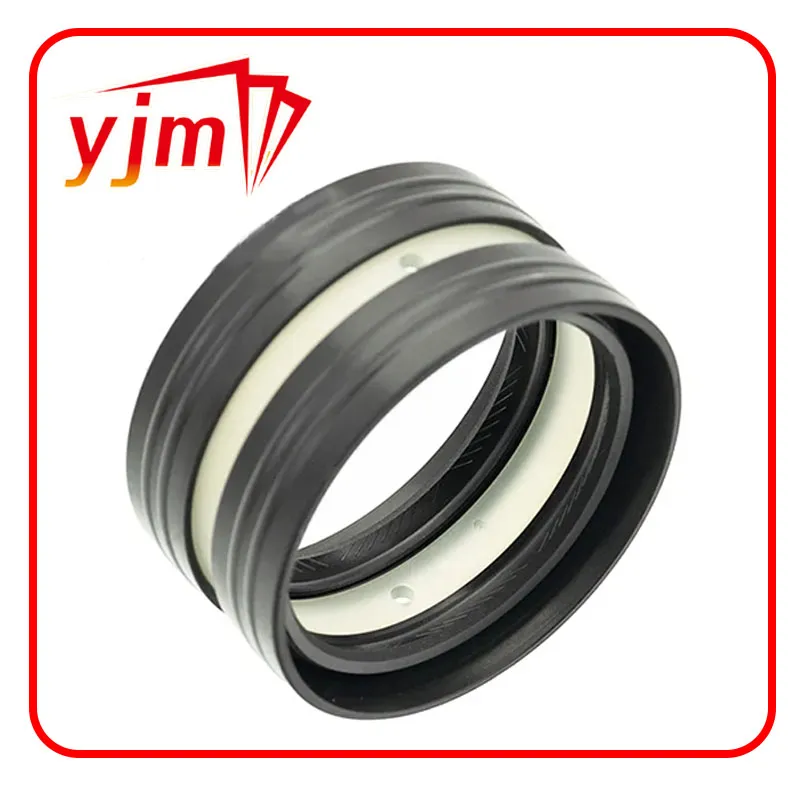Understanding Rear Axle Shaft Seal Importance and Maintenance for Your Vehicle
Understanding Rear Axle Shaft Seal Importance and Maintenance
The rear axle shaft seal plays a crucial role in the overall functionality and performance of a vehicle's drivetrain. It is a small yet important component designed to prevent fluid leaks from the axle housing, which houses the differential and transmits power to the wheels. Failure of the rear axle shaft seal can lead to various complications, including decreased efficiency, damage to other components, and costly repairs. This article explores the importance of the rear axle shaft seal, common issues associated with it, and maintenance practices to ensure its longevity.
What is the Rear Axle Shaft Seal?
The rear axle shaft seal is located at the point where the axle shaft exits the axle housing. This component is made from durable materials, typically rubber or synthetic compounds, which form a tight seal around the axle shaft. The primary function of the seal is to keep the differential fluid contained within the housing while keeping dirt, debris, and moisture out.
Importance of the Rear Axle Shaft Seal
1. Prevention of Fluid Leaks The seal prevents the differential fluid from leaking out, which is essential for lubricating the gears within the differential. Any loss of this fluid can lead to inadequate lubrication, resulting in increased friction and wear.
2. Protection Against Contaminants The seal also acts as a barrier against external elements such as dirt, water, and debris. Contamination of the differential fluid can degrade its properties, leading to potential failure of the differential components.
3. Efficient Performance A properly functioning rear axle shaft seal contributes to the overall efficiency of the drivetrain. When the seal is intact, it ensures that the power generated by the engine is effectively transmitted to the wheels without significant losses inflicted by fluid leakage.
Common Issues with Rear Axle Shaft Seals
Over time, rear axle shaft seals can wear out or become damaged due to various factors, including
rear axle shaft seal

- Age and Wear Just like any other rubber component, axle seals degrade due to exposure to heat, contaminants, and regular wear over time. - Improper Installation If the seal is not installed correctly, it can lead to premature failure. An improperly seated or misaligned seal can allow fluid to escape. - Increased Pressure If there is excessive pressure within the axle housing, it can cause the seal to blow out, leading to significant leaks.
When a rear axle shaft seal fails, drivers may notice signs such as fluid puddles under the vehicle, a whining or grinding noise when driving, or a decrease in handling performance.
Maintenance and Replacement
Regular maintenance and inspections can help prolong the life of the rear axle shaft seal. Here are some steps to consider
1. Regular Fluid Checks Periodically check the differential fluid level. A low level may indicate a leak, which should be investigated immediately to avoid further damage.
2. Visual Inspections During routine vehicle maintenance, visually inspect the axle area for any signs of leaking fluid or damage around the seal. Early detection can prevent more significant issues down the line.
3. Professional Service If you suspect a problem with the rear axle shaft seal or notice a decrease in performance, it is advisable to consult a professional mechanic. They can conduct a thorough inspection and recommend whether a seal replacement is necessary.
4. Installation Quality If a seal replacement is required, ensure it is installed by a qualified technician. Proper installation is key to preventing future leaks.
Conclusion
The rear axle shaft seal is a vital component that plays a significant role in the overall performance and safety of a vehicle. Regular maintenance and prompt attention to any signs of leakage can help ensure that your vehicle runs smoothly and efficiently. By understanding the importance of this small but critical part, vehicle owners can take proactive measures to protect their vehicles from costly repairs and maintain optimal driving performance.
-
Understanding Automotive Oil Seals: Essential Components for Engine and Shaft Protection
News Jul.30,2025
-
The Importance of Heavy Duty Seals in Industrial and Residential Applications
News Jul.30,2025
-
Exploring Industrial Oil Seals: From Felt Oil Seals to TTO and CFW Solutions
News Jul.30,2025
-
Essential Guide to Oil Seals: From Radial to Metal-Cased Seals for Industrial Reliability
News Jul.30,2025
-
Choosing the Right Oil Seals and Gaskets for Industrial and Automotive Applications
News Jul.30,2025
-
Cassette Seals: Durable Sealing Solutions for Harsh Environments
News Jul.30,2025
-
Understanding the Front Main Engine Seal: Purpose, Maintenance, and Installation
News Jul.29,2025
Products categories















